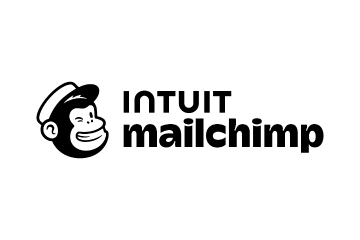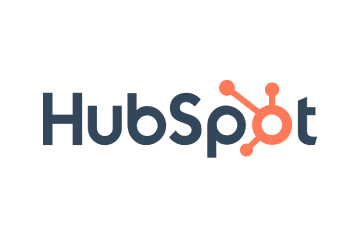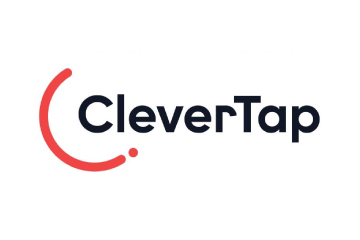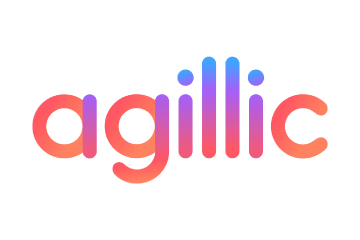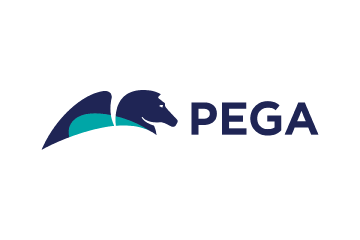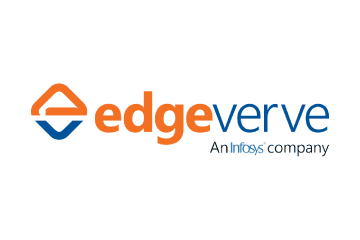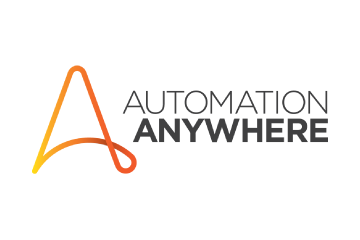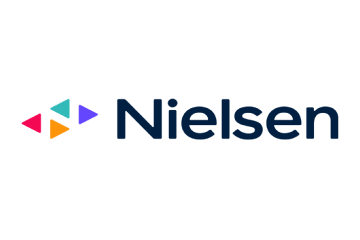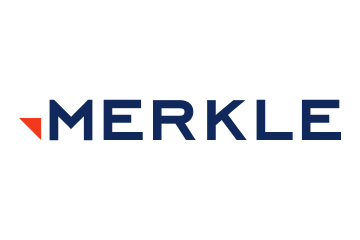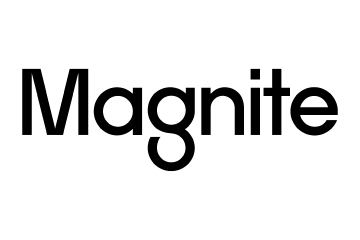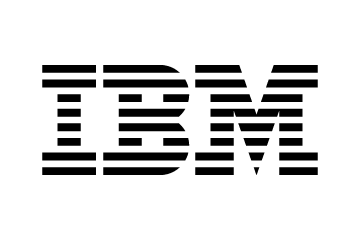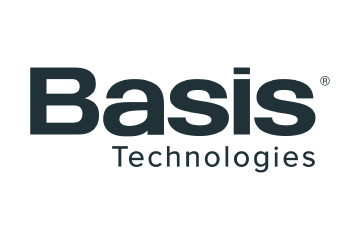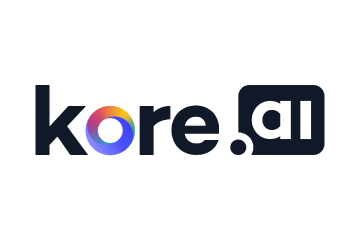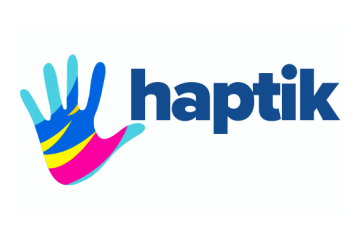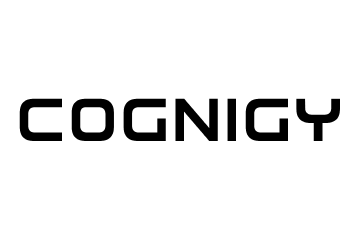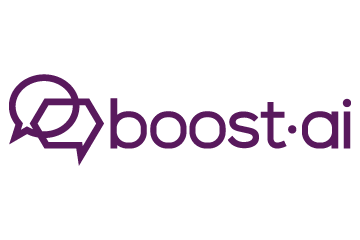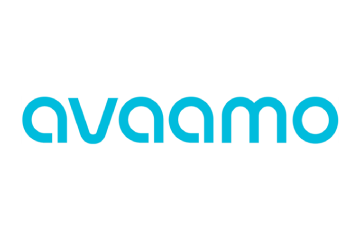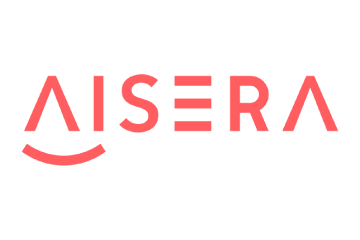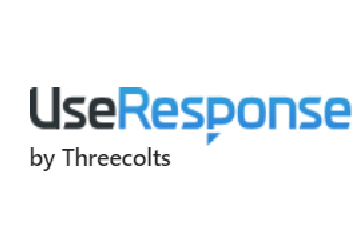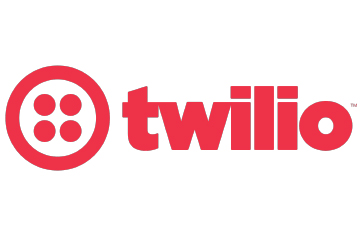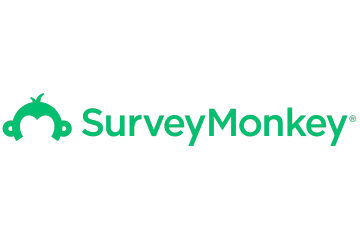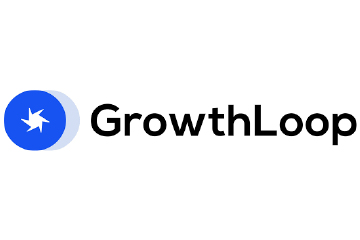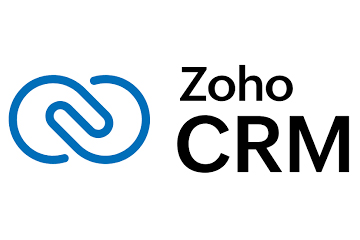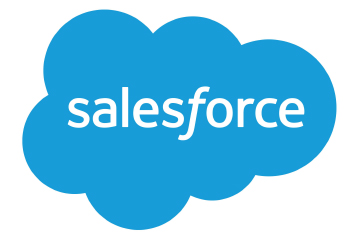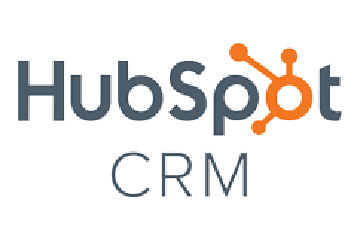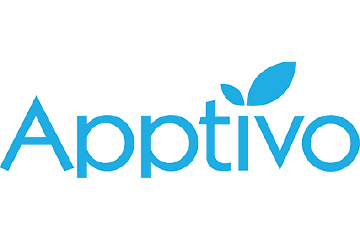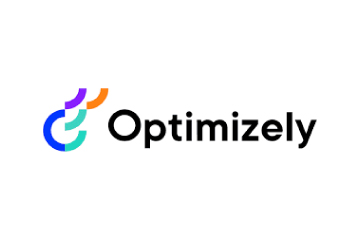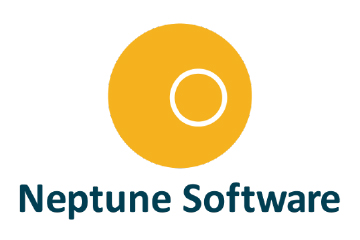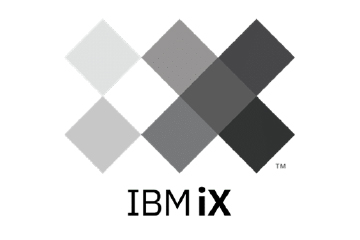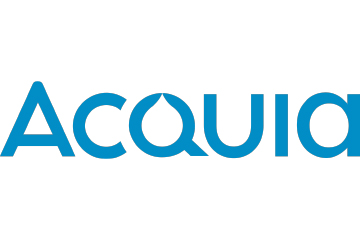Meaningful Features Always Lead to Better Product Experiences
Yana Welinder, Head of AI, Amplitude, explains how AI and analytics are reshaping product development, improving decision-making, and helping teams focus on what customers truly need.
Topics
What to Read Next

In the rush to innovate, it’s easy to think more features mean a better product.
But real impact doesn’t come from piling on functionality; it comes from thoughtful, meaningful choices that truly serve users.
The smartest teams focus on understanding what customers need, cutting away the noise, and delivering experiences that feel intuitive and purposeful. It’s about quality over quantity, insight over assumption, and simplicity over clutter.
By blending data, intuition, and experimentation, companies can move faster, innovate smarter, and create products that resonate deeply, rather than just adding more buttons to an already crowded interface.
“Teams often overbuild because they equate output with impact. But adding more features doesn’t mean adding more value. It’s usually the opposite… Fewer, more meaningful features almost always lead to a better product experience,” said Yana Welinder, Head of AI, Amplitude.
Yana shared how companies can combine analytics, intuition, and experimentation to move faster and deliver meaningful experiences. She also outlined why human-centred AI will become essential as expectations rise and regulation tightens.
Excerpts from the interview:
Where do you see the biggest opportunities for companies to use AI and analytics to accelerate product innovation?
The biggest opportunity is to leverage AI in how product teams work, as part of their everyday workflow.
AI is great at surfacing insights that humans simply don’t have the capacity to find. Think about turning thousands of support tickets, sales call transcripts, and reviews into clear feature requests in minutes. That’s the kind of work AI can handle, so teams can focus on creativity and product intuition.
Analytics then becomes the scoreboard. It shows what’s working, what’s not, and where to focus next. Together, AI and analytics create a powerful flywheel: AI identifies opportunities, analytics measures outcomes, and teams move faster toward building what customers actually need.
How do you see the balance between data-driven decisions and intuition in product development?
Great products come from both. Data shows you what is happening, but intuition helps you figure out how to address what you’re seeing.
Product intuition doesn’t come from guessing. It comes from deeply understanding your users, spending time with them, noticing pain points, and connecting the dots that data alone can’t explain.
The best teams use data as their foundation and intuition as their edge. When both are working together, you get confident, creative decision-making that drives real innovation.
What advice would you give to companies struggling to build a culture of experimentation within product teams?
Start small and make it safe to fail.
Experimentation only works when teams feel trusted to test ideas without fear of being punished for imperfect results. Encourage lightweight tests, maybe a quick prototype or A/B test, and make sure learnings are shared broadly, not just the wins.
Also, celebrate curiosity. When you reward people for asking good questions, you naturally build a culture where experimentation thrives.
How can product teams avoid the trap of building too many features instead of focusing on the right ones?
Listen to your customers, not your backlog. Teams often overbuild because they equate output with impact.
But adding more features doesn’t mean adding more value. It’s usually the opposite because you end up hiding the features users want to use with less relevant ones. Analytics can help by showing which features actually drive engagement or retention, and which ones quietly collect dust.
AI can help too, by distilling customer feedback at scale. When you see clear patterns in what users truly care about, it becomes easier to say no to the rest.
Fewer, more meaningful features almost always lead to a better product experience.
With shifts in consumer behaviour, privacy, and regulation, how will product development need to evolve over the next five years?
We’ll see a shift toward more transparent, human-centred AI.
Users are becoming more aware of how their data is used and much less forgiving when companies get it wrong. The next generation of products will need to make AI explainable, controllable, and trustworthy by design.
At the same time, consumer expectations are rising. People want products that feel personal and responsive without compromising trust. Companies that master that balance (powerful personalisation with clear user control) will define the next era of product innovation.
ALSO READ: Every ‘Hello’ Turns Into a Conversion Opportunity











